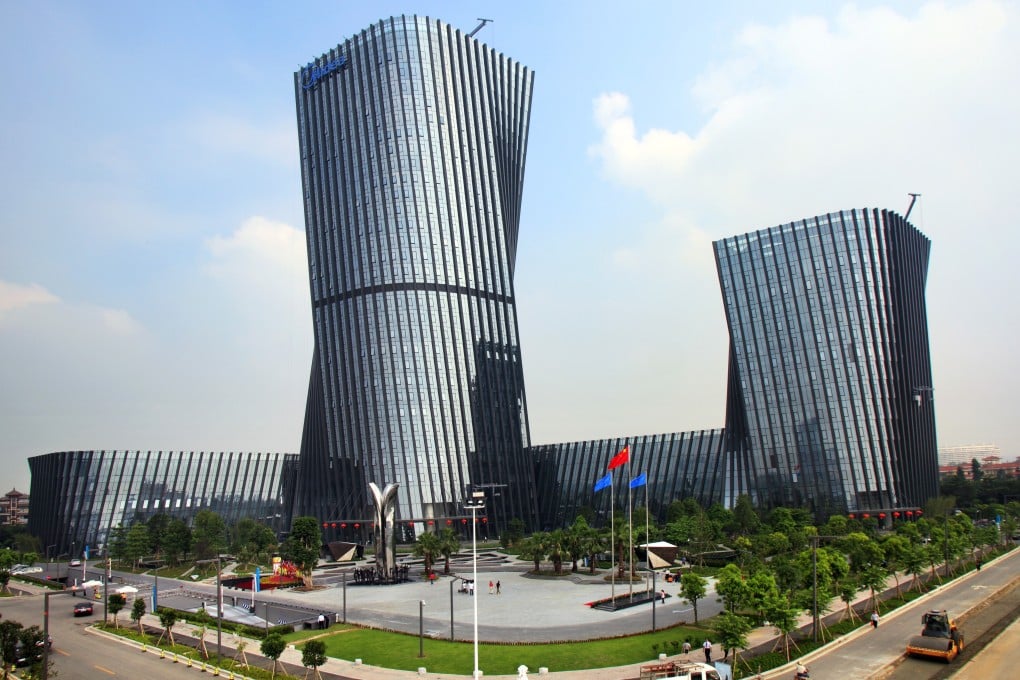China making strides in Industry 4.0 revolution as advanced manufacturing outpaces EU, US, Japan
- Bosch Automotive Products, Foxconn Technology Group, Midea Shunde, Tsingtao Brewery and Wistron InfoComm Manufacturing added to list of cutting-edge advanced manufacturing facilities
- The Fourth Industrial Revolution, also known as Industry 4.0, is the automation of manufacturing and the upgrading of industrial practices, using modern smart technology

After China’s new five-year plan listed the development of seven key “frontier technologies” as the nation’s top policy priority, it is now home to the most cutting-edge advanced manufacturing facilities, ahead of the likes of the European Union, the United States and Japan.
The World Economic Forum has added five Chinese sites to its Global Lighthouse Network list of the world’s most advanced factories that have successfully adopted new technologies to transform business models and value chains.
Bosch Automotive Products Suzhou, Foxconn Technology Group’s Chengdu campus, electrical appliance manufacturer Midea Shunde in Guangdong province, Tsingtao Brewery in Qingdao and Wistron InfoComm Manufacturing in Kunshan are among 15 sites added to the list after an assessment of over 1,000 companies globally from a range of diverse industries ranging from electronics to pharmaceuticals and automotive.
Of the 69 factories around the world now viewed as leaders using Fourth Industrial Revolution technologies, China is now home to 20, followed by 19 in the European Union, seven in the US and five in Japan, according to the “Global Lighthouse Network: Reimagining Operations for Growth” whitepaper published by the World Economic Forum in collaboration with consultancy firm McKinsey. In 2020, China and the European Union had 15 each, with the US and Japan also tied on five each.
China has reached the stage where its firms can challenge their peers in the developed world, in many sectors … such as smartphones and electric cars